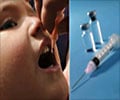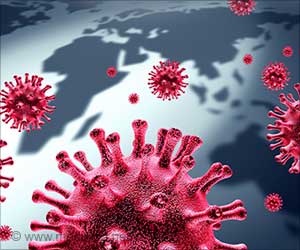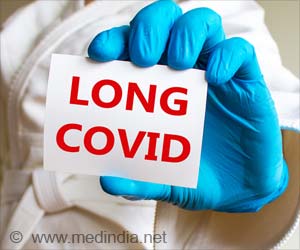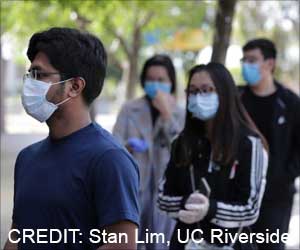Receiving one dose of a two-dose SARS-CoV-2 vaccine tends to decrease infections in the short-term if it produces a strong immune response and may increase the potential for the virus to escape therapies in the longer-term.
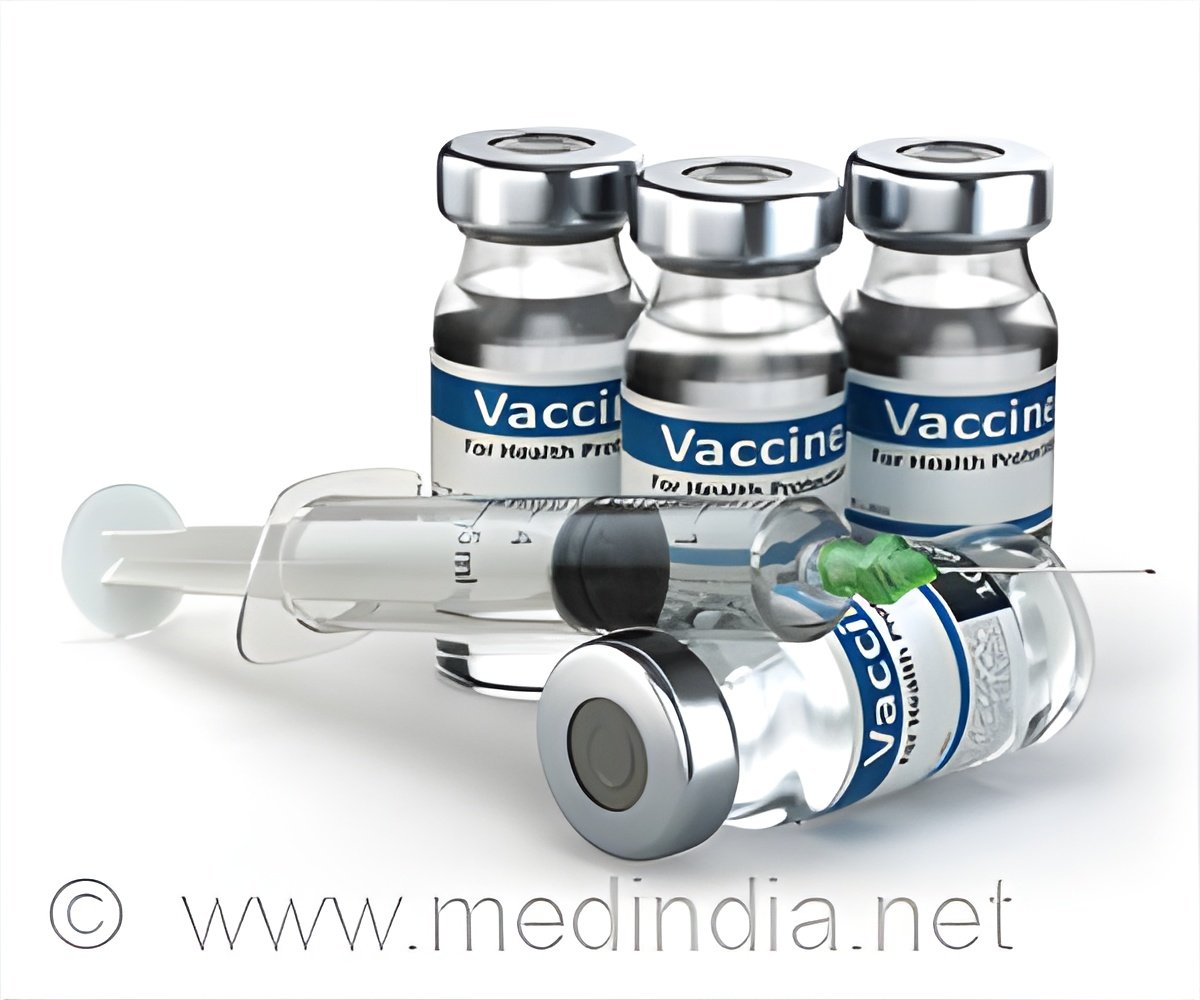
‘If one-dose COVID-19 vaccinal immunity is weak, it could lead to marginal short-term benefits at the cost of the coronavirus continuing to replicate in some vaccinees, leading to escape mutations.’
Read More..




As COVID-19 vaccines have been distributed internationally, several countries including the United Kingdom and Canada have chosen to delay the second dose to increase the number of individuals receiving at least one.Read More..
The consequences of deviating from manufacturer-prescribed dosing regimens at the population scale are unknown - hinging on the strength of the immune response elicited by a single dose compared to natural and two-dose immunity.
To better understand the longer term epidemiological and evolutionary implications of different dosing regimens, Chadi M. Saad-Roy and colleagues built on an existing immuno-epidemiological model.
Their model incorporates two vaccinated classes - those who received two doses, and those who received one - and allows vaccinal immunity to wane at different rates (meaning people become more susceptible at different points after vaccination, or after natural infection).
The authors focus mainly on the vaccines from Pfizer/BioNTech, Moderna, and Oxford/AstraZeneca, which are all two-dose vaccines, though they note their approach is generalizable.
Advertisement
A two-dose strategy mitigates this effect, they say, but the corresponding reduction in vaccinated individuals increases the infection burden from other classes.
Advertisement
Source-Eurekalert



